How much plastic are we adding to our gardens?
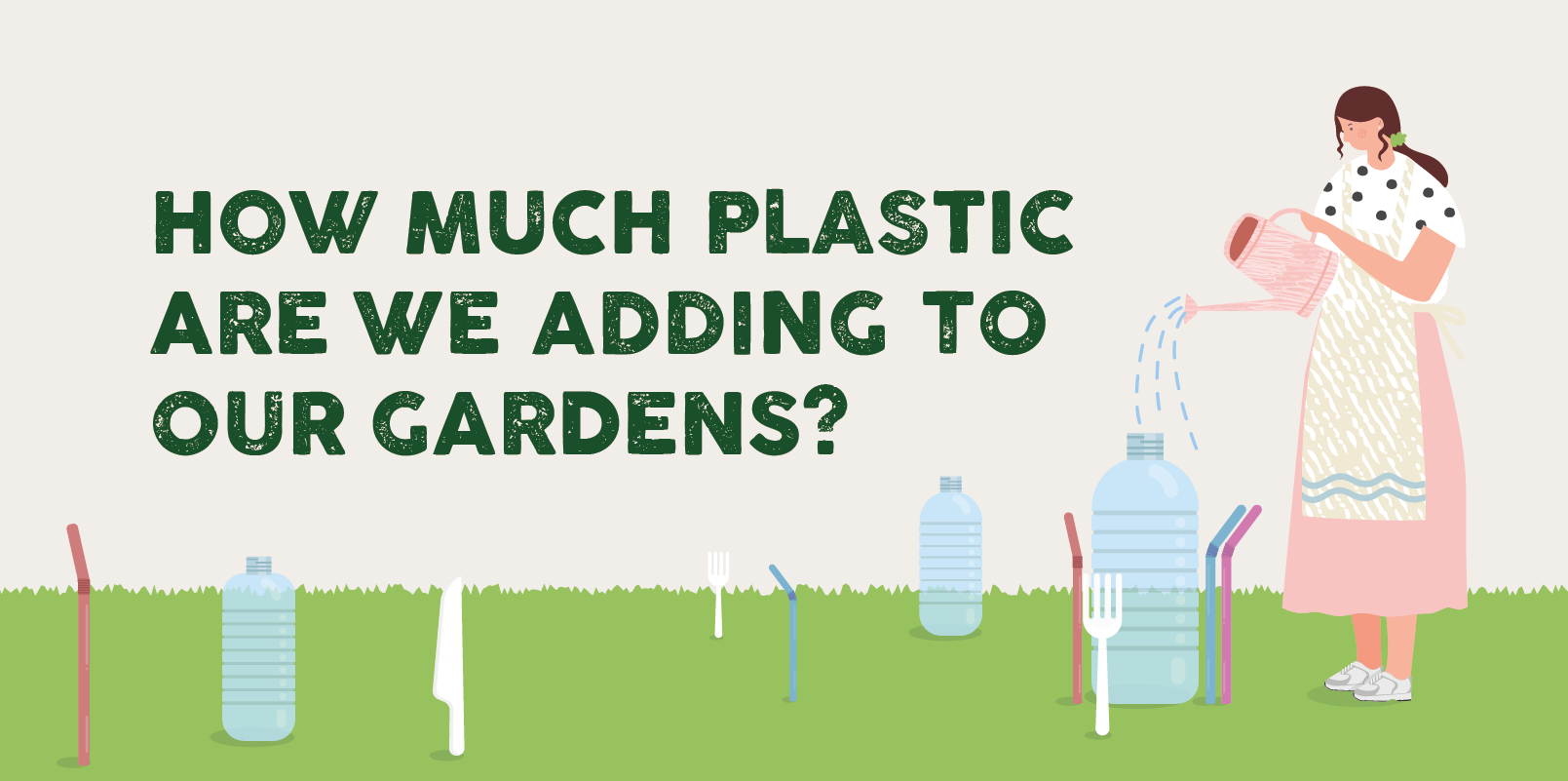
So how much plastic are we really adding to our gardens and what problems can it cause?
How many UK households have artificial grass?
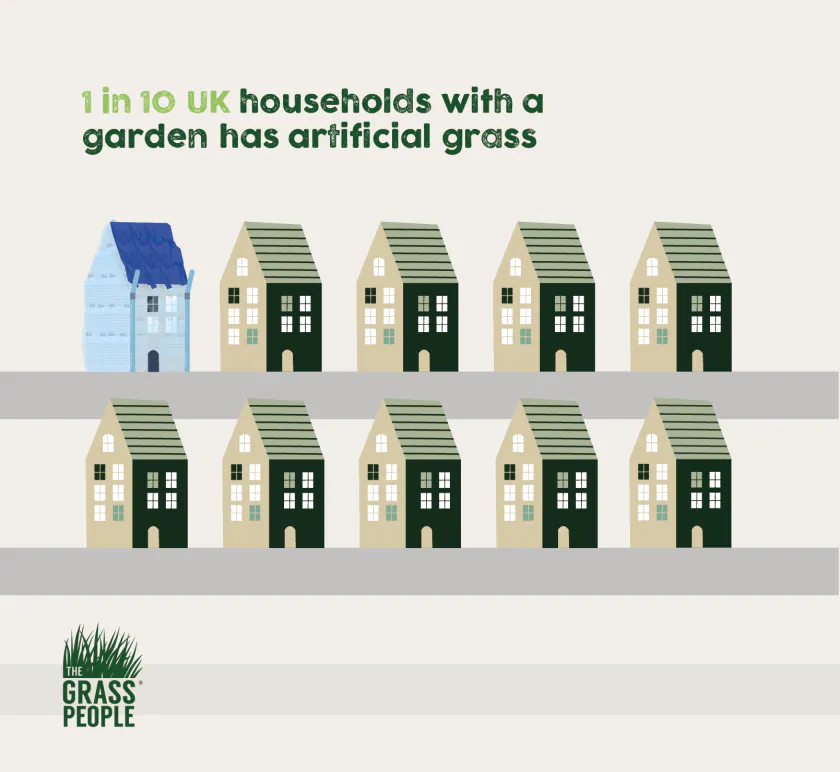
Despite the plastic pollution epidemic, one in ten households have replaced their garden’s natural lawn with artificial grass. Motives behind this include fake grass being more durable and easier to maintain, and that some homeowners do not know how to seed a lawn. But synthetic turf can be more damaging to the environment than you think.
The problem with artificial grass
Whilst having the dream of a luscious green lawn all year round sounds tempting, you shouldn’t overlook some of the serious problems that come with artificial grass. Below, we’ve outlined some of the biggest issues related to fake grass.
Kills Biodiversity & Wildlife
Real grass houses many critters, bugs and animals, even if you can’t see them when in your garden. Balanced biodiversity and wildlife are essential for all life on earth to supply us with clean air and nutritious foods. When artificial grass replaces grass seed, biodiversity and wildlife are removed completely from your garden. The birds, worms, butterflies and more can't survive on plastic.
Unsustainable Lifecycle
Although many artificial grass companies market a recyclable lawn, artificial grass is actually extremely difficult to recycle. This means that your lawn will either end up in landfill or be shipped across the world, creating a large carbon footprint. Not only this, but artificial grass only lasts for 5-10 years, meaning you’ll need to replace it up to 16 times in just one lifetime. That’s a lot of plastic ending up in landfill.
Pet Problems
Us Brits love our pets and that’s definitely something to consider. Dog urine (and poop) stains artificial grass, leaving you with a big job of cleaning your grass every day. Whilst dog urine can damage real grass, it can be easily treated and will always grow back.
Scorching Temperatures
Have you ever tried to walk barefoot on artificial grass in the summer? Artificial grass gets scorching hot with extremely high temperatures. For pets, children and even yourself, this is a hazard for burning.
How much single-use plastic can fit into an average-sized garden with artificial grass?
Would you put plastic straws in your garden? Of course not! So why would you put plastic grass in your garden? We calculated the number of single-use plastic items that would fit into an artificial lawn. Laying artificial grass in an average-sized garden is equivalent to a huge 950,000 straws, 475,000 cotton swabs and 118,750 disposable forks.
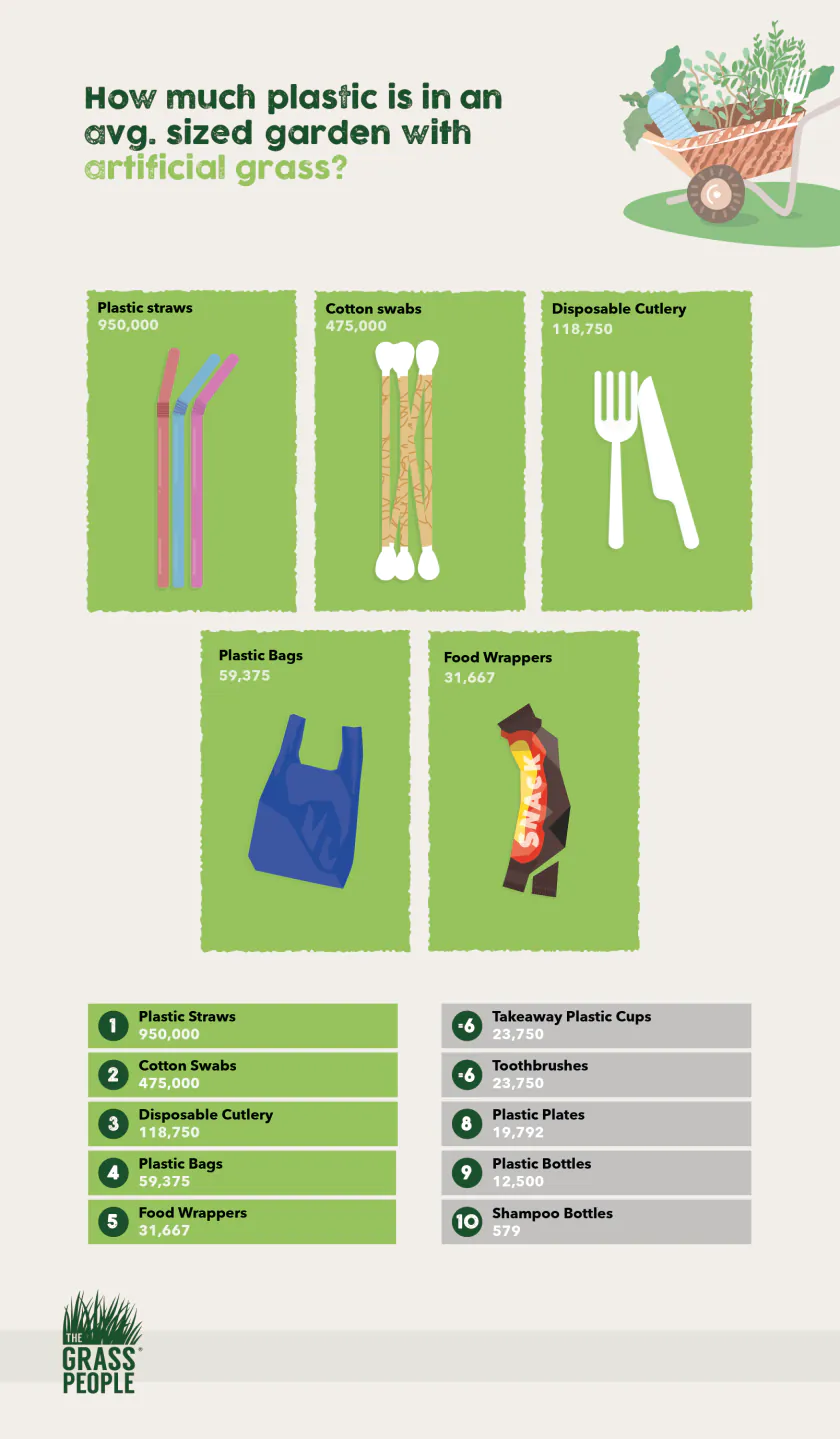
How much single-use plastic could fit into all UK gardens with artificial grass?
When looking at the whole of the UK, us Brits are laying the equivalent of a staggering 2.3 trillion plastic straws, 146 billion plastic bags or 58.5 billion toothbrushes in the whole of the UK.
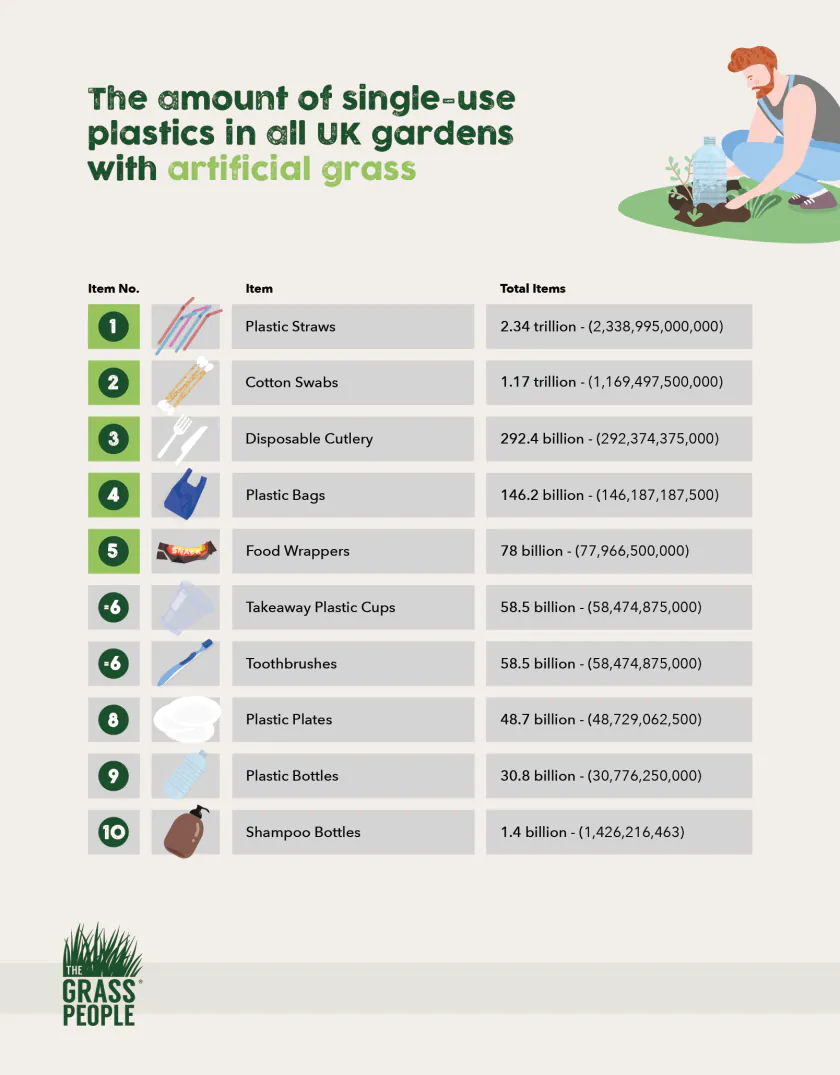
A shocking 1.4 billion shampoo bottles are in our gardens or 58 billion takeaway cups.
Total weight of plastic in artificial grass compared to other waste and emissions
For many years now, the spotlight has been on plastic waste. Many of it ends up littering our oceans and rivers, and the best way to prevent this is to not produce the plastic in the first place. The same goes for artificial grass, even more so when there are organic biodegradable alternatives; real grass seed. The estimated amount of artificial grass in the UK is almost an eighth of the world’s total plastic waste leaked into the ocean every year. With the complexities around recycling artificial grass, it risks littering our oceans.
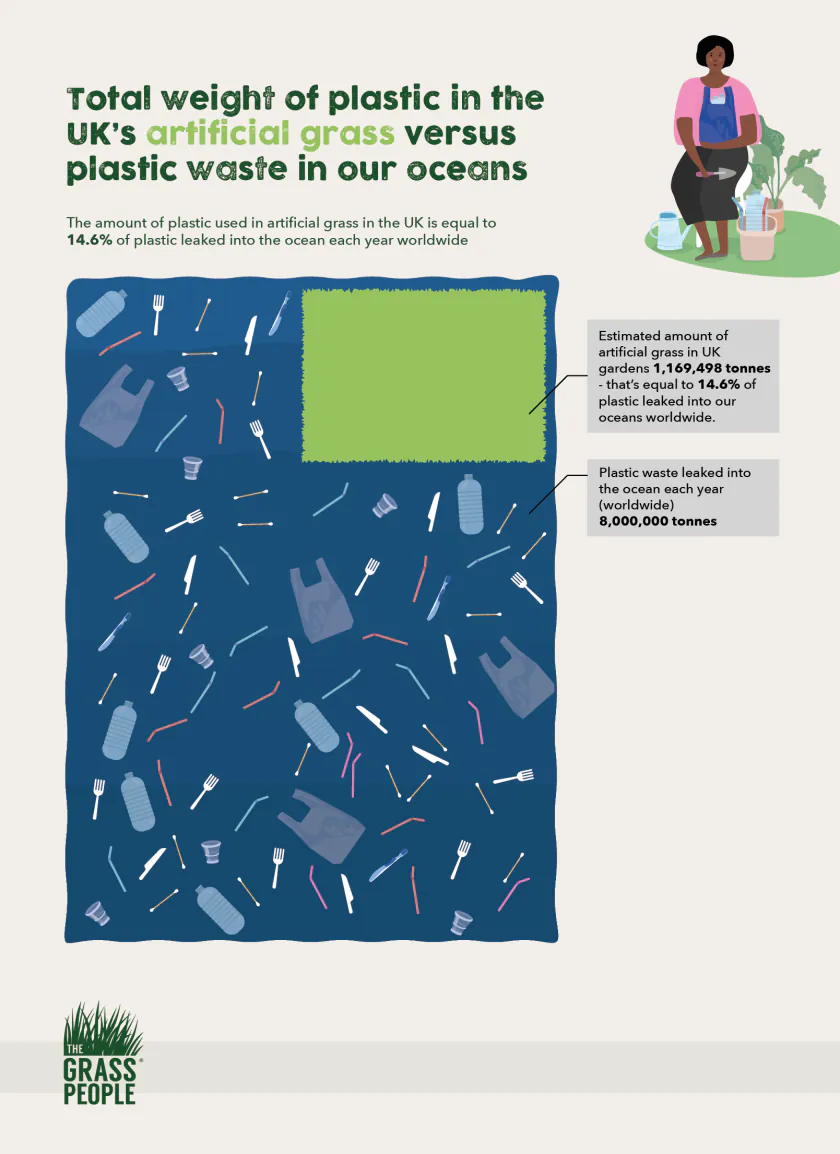
Why choose grass seed over artificial grass?
A beautiful lawn can really bring a garden to life and there really is nothing like the real thing. Whether you look at it from a wildlife perspective or the lifecycle of grass, when cared for properly, grass can last indefinitely. Investing in a high-quality organic grass seed will transform your garden. Make sure you repair your lawn and sow your grass seed at the correct time of year to get the most from your garden lawn.
Methodology
The plastic footprint for each item was calculated by gathering the total footprint for using each item once a day for a year, that was then divided by the number of days in the year (365) to provide the footprint (in grams) for one single item using the plastic Omni calculator. To calculate the number of items per one m2 of artificial grass the figure was multiplied by 2500 (the average weight in one m2 of plastic/artificial grass). To uncover the total of items per one m2. This number was then multiplied by 190 which is the average m2 of gardens in the UK.
Data
The full data set can be found here.